Automate more of your business processes
Make your data work for you and build repeatable and trusted flows and data jobs with a no-code drag-and-drop UI.

Make your data work for you and build repeatable and trusted flows and data jobs with a no-code drag-and-drop UI.
3,500+ Revops Leaders Trust Traction Complete







AI is only as smart as the data behind it
As AI-driven tools multiply across the business, Salesforce Admins are under pressure to deliver clean, connected, and trustworthy data at scale. With more systems feeding into CRM than ever before, bad data isn’t just a nuisance; it breaks automation, skews AI insights, and slows down everyone relying on it.
Build an AI-ready control center for your data
Your CRM is only as powerful as the flows behind it. Design intelligent workflows that control how data enters, moves, and updates, ensuring your AI and automation tools act on the right information, not noise.
Save hours with AI-powered mass deduping
Manual data clean-up is a thing of the past. Leverage AI to identify and merge duplicate records at scale, boosting accuracy while giving you back time for the strategic work that really needs a human touch.
Keep GTM teams agile and aligned
AI tools move fast, your GTM teams need to move faster. Give them the ability to update ownership, territory, and relationship data through guided, flexible processes that you can adapt in minutes, not days, without compromising data quality or Admin oversight.
“Traction Complete is so powerful. It allows you to get a developer-level tool at a junior admin skill set price. We can now run further, faster than ever before.”
Get your time back from data cleanup
Save hours spent manually cleaning records. Keep your database clean with flexible match, merge, and convert features that can be used for reactive data cleansing or proactive cleaning as data enters your Salesforce CRM.

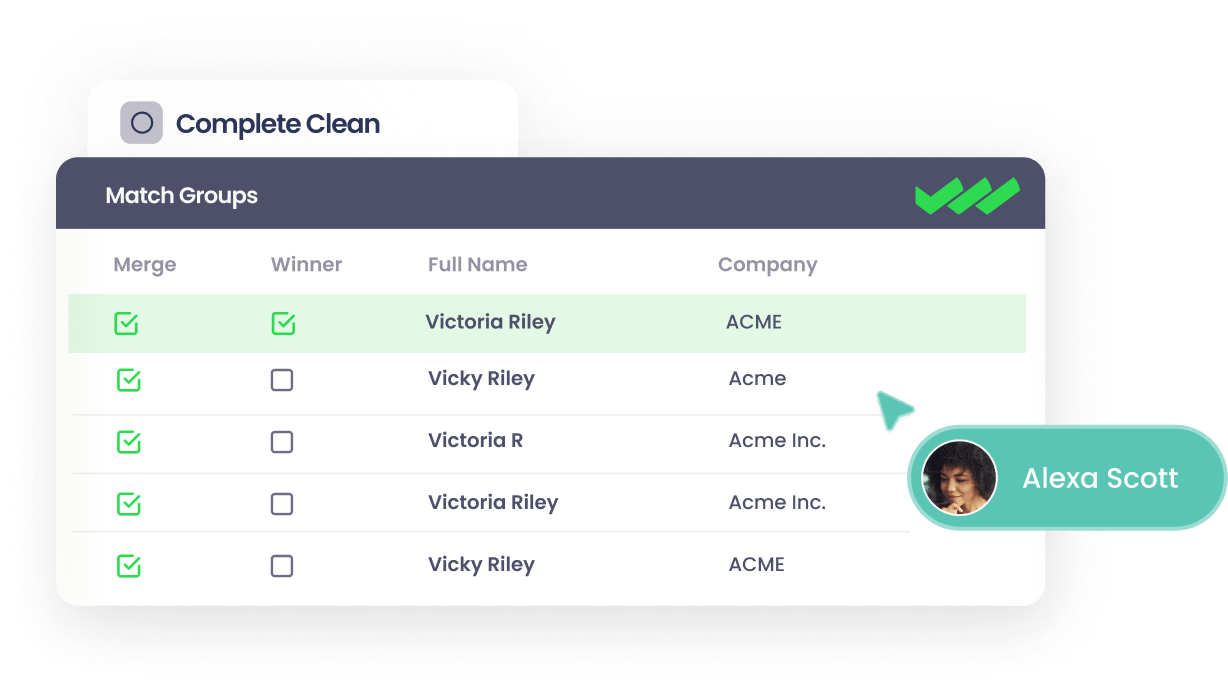
Automate and maintain account hierarchies
Go deeper than the native Salesforce parent-child relationships with automatic account hierarchies through the entire family tree. Take it further by modifying the account hierarchy to suit your go-to-market needs.

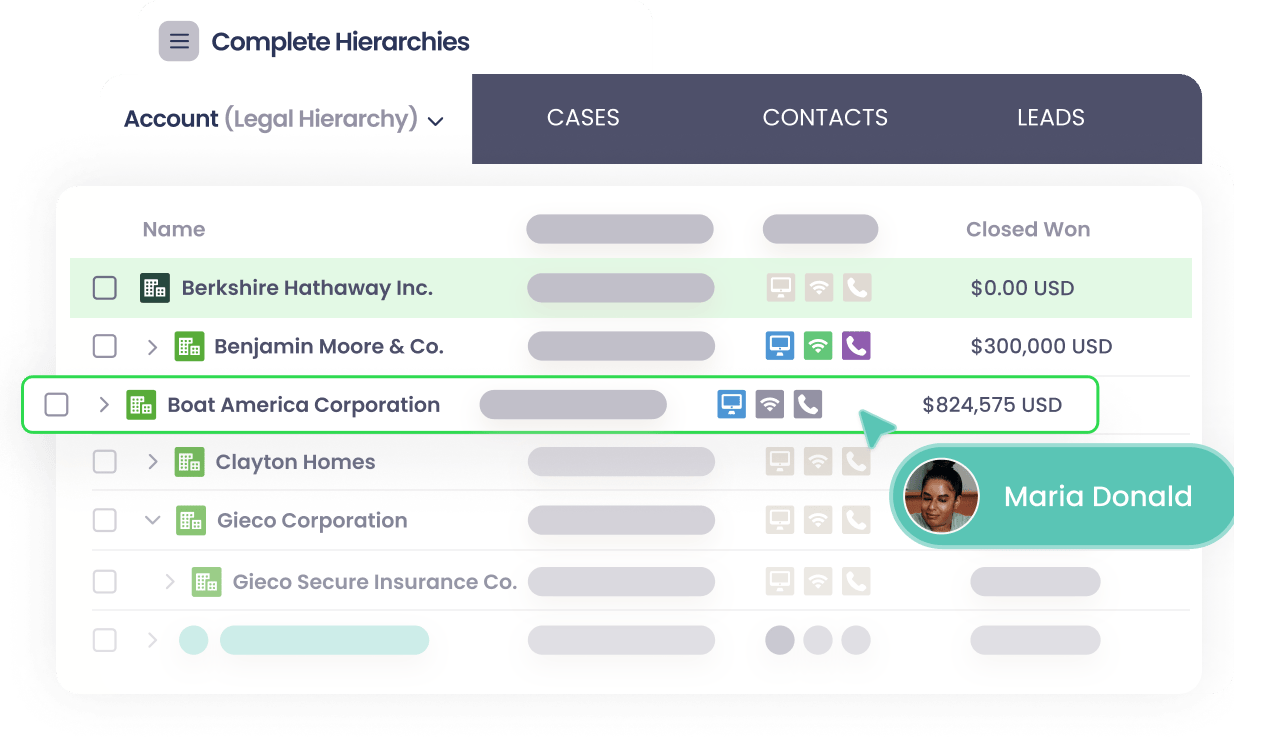
Turn your Salesforce data into an AI advantage
Use AI workflows to clean, complete, and connect your CRM data, faster. Automatically fill gaps, resolve duplicates, and surface hidden insights that make segmentation stronger, reporting more accurate, and your org easier to manage. Help every team make better decisions with less manual effort.

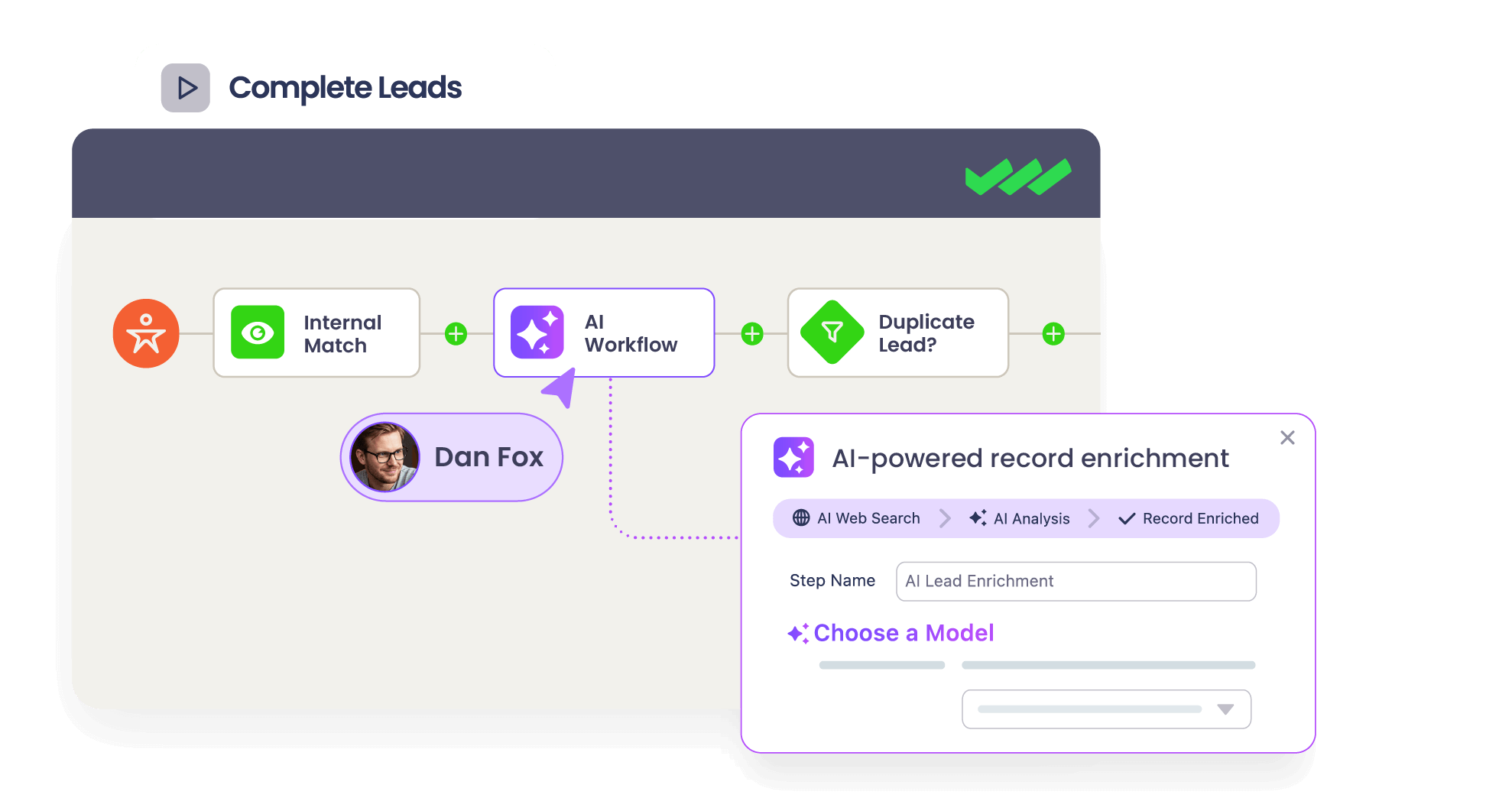
Build process flows that scale
Be the conductor of your own data orchestra with a no-code, drag-and-drop flow builder that can read or write data across any field or object in Salesforce. Then action on that data to drive complex automation.

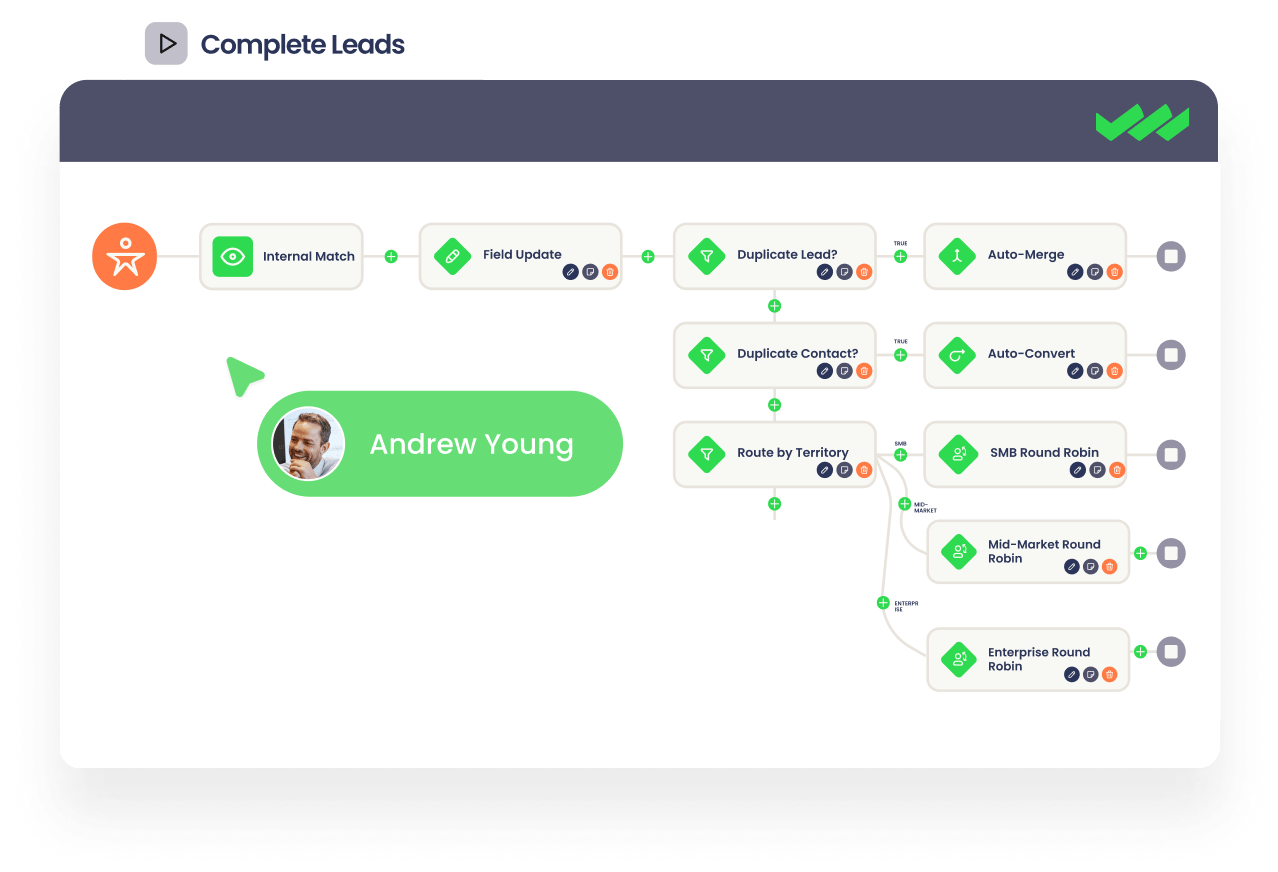
Manage territories without the data loads
Update territory ownership right inside your Salesforce CRM. Score, balance and reassign territories on mass or ad-hoc as reps come and go. Take the hassle out of mass data loads and turn around new territory ownership in a few clicks.

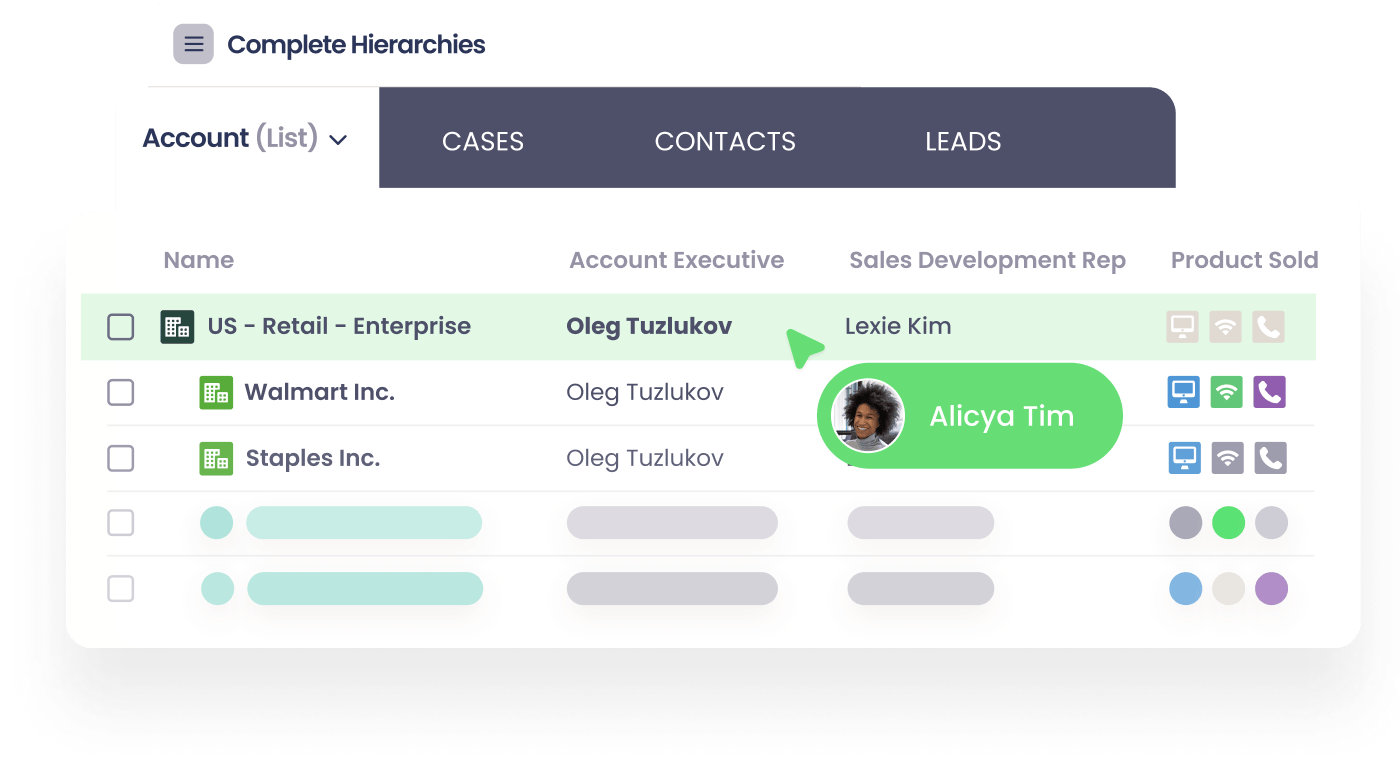
FAQ
A partner with answers
-
What do Salesforce Admins do?
-
Salesforce Admins are responsible for configuring and customizing Salesforce to align with the organization’s needs, managing user accounts and permissions, ensuring data integrity through tasks like data cleansing and migration, and implementing automation processes to streamline workflows. They create reports and dashboards to provide insights into business performance, offer training and support to users, and integrate Salesforce with other systems for seamless data exchange. Acting as the liaison between business requirements and technical implementation, Salesforce Admins play a vital role in maximizing the effectiveness of Salesforce within the organization.
-
How does Traction Complete’s suite address the needs of Salesforce Admins?
-
Traction Complete’s suite caters to Salesforce Admins by offering tools that streamline key aspects of Salesforce management. Firstly, it provides capabilities for data integration, ensuring seamless data flow between Salesforce and other systems, reducing the burden of manual data entry and maintenance. Secondly, Traction Complete offers automation features that enable Admins to automate repetitive tasks, such as lead routing and campaign tracking, saving time and minimizing errors. Additionally, the platform’s analytics and reporting functionalities empower Admins to gain insights into Salesforce performance and make data-driven decisions. Moreover, Traction Complete’s flexibility allows Admins to customize and adapt the platform to meet specific organizational needs, enhancing its effectiveness and alignment with business goals. Overall, Traction Complete’s suite equips Salesforce Admins with the tools they need to optimize Salesforce management, improve efficiency, and drive business success.
-
Where can I find more resources for Salesforce Admins?
- See Salesforce Admin Resources












